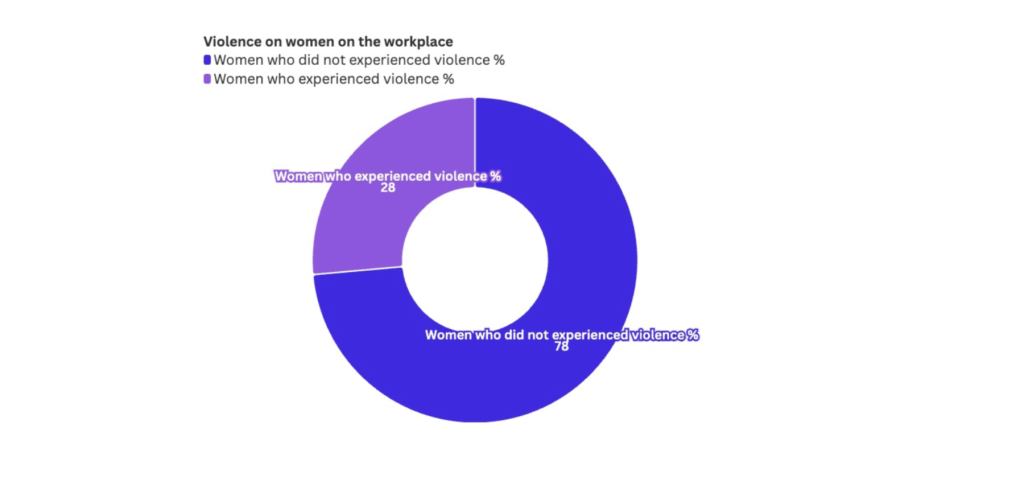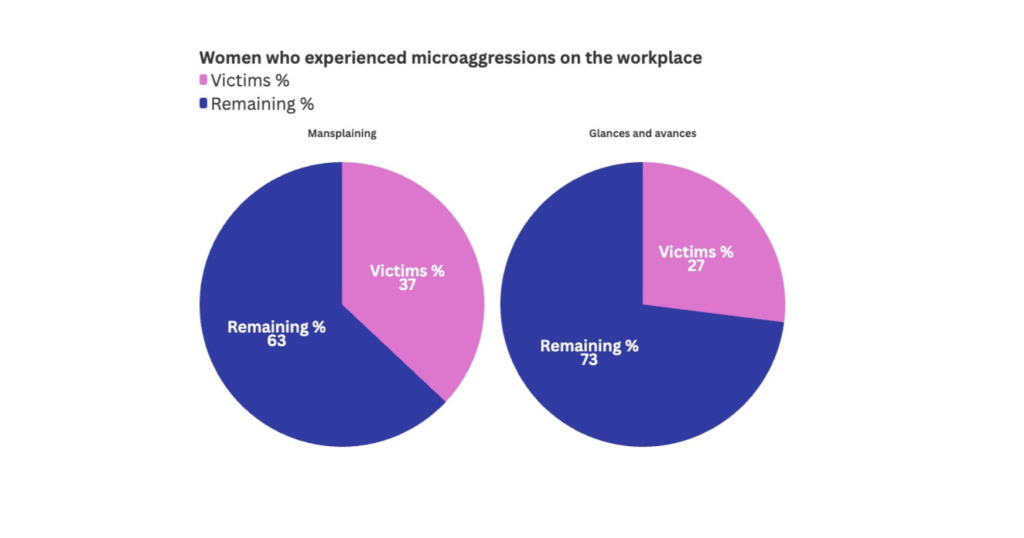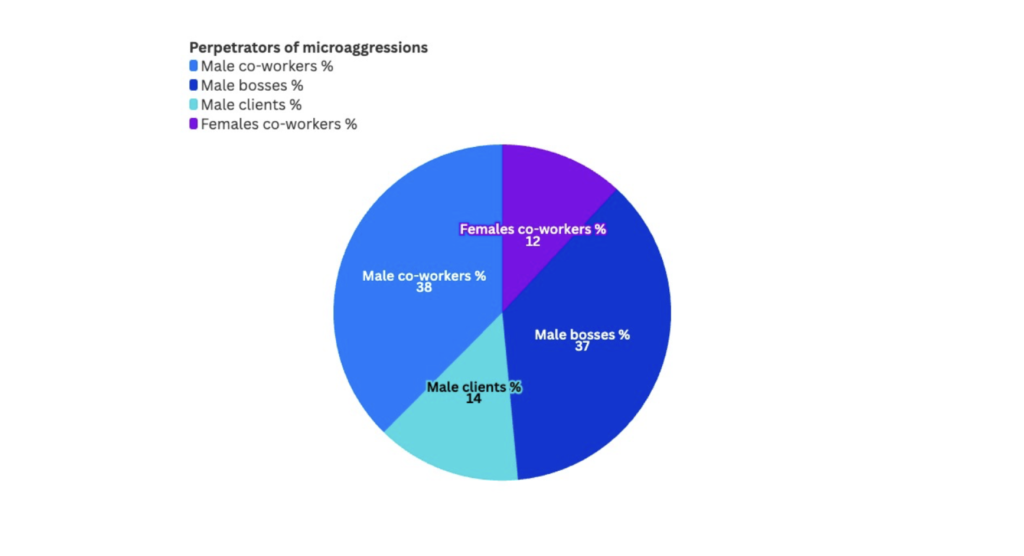“I worked at this company for seven years. When I returned after maternity leave, my desk was gone, and I was given a spot in the warehouse”. This is what Emanuela (a fictitious name), a 38-year-old agricultural worker, shared. Her story is just one of 140 testimonies of violence and workplace discrimination faced by women in Italy, as documented in the report “Non staremo al nostro posto. Per il diritto a un lavoro libero da molestie e violenze” by WeWorld in collaboration with Ipsos. Voices that too often go unheard.
It is to give a platform to these silenced voices that WeWorld, an independent humanitarian organization operating in over 25 countries, published this report. The goal is to shed light on the systemic dynamics of hierarchy, domination, and sexism experienced and recounted by the interviewed victims. All the names used in the testimonies are fictitious to protect their privacy.
The investigation seeks to highlight, on the occasion of November 25th—International Day for the Elimination of Violence Against Women—the persistent issues in workplace environments. The survey involved a sample of 1,100 workers aged 20 to 64, of whom 1 in 3 women reported experiencing violence at the workplace—intended not just as offices but as all the settings related to their employment.

When addressing workplace abuse, the definitions are often unclear. The report categorizes abuses as acts of physical, psychological, sexual, or economic violence. Verbal violence is the most prevalent, with 56% of respondents reporting it as a tool of power and control. Such as Margherita, a 28-year-old, who recounts how, after resigning, she received “a 1.42-minute-long voice message full of insults” from her boss, including phrases like, “You’re an idiot; don’t ever show your face again”.
Other forms of abuse include mobbing—aggressive behaviors targeted at a specific victim in the workplace—abuse of power, physical violence, stalking, and online harassment.

Although physical violence is perceived as the most severe, so-called “micro-aggressions” dominate workplace environments. In fact, 71% of respondents reported having witnessed or experienced at least one micro-aggression at work. These include episodes of mansplaining, inappropriate glances, or unwelcome advances.

Sofia, a 20-year-old, described the discomfort caused by such micro-aggressions. While working as a flyer distributor, she was often subjected to “lewd comments” from men. The flyers she handed out advertised promotions, prompting some men to ask if Sofia herself was “on sale” or if her phone number was on the flyer—even while accompanied by their partners. “It’s a normalized behavior”, she noted, often followed by feigned humor.
The primary perpetrators of these micro-aggressions are male colleagues, followed by male bosses. But also male clients and female colleagues participate.

All these factors contribute to creating an environment where discrimination is normalized, forcing many women to endure workplace situations that undermine their rights. Often, they accept such conditions out of fear of retaliation. One of the women who found the courage to speak out is Donatella, 42, who reported being a victim of “sexualization in the workplace”.
“I refused to accept toxic dynamics. I spoke up, defended myself, and now I’m paying the price with isolation and demotion”, she said. Donatella describes a workplace where “a woman’s word carries less weight than a man’s”, and where «there is no room for dissent». According to her, the previous scheme of perpetrators is repeated, with male bosses in the head position, followed by male and female colleagues, and also female bosses.

WeWorld’s project aims to raise awareness about the need for stronger protections and monitoring in the workplace, including improvements to Gender Equality Certification. With plans for a further social media campaign to collect additional testimonies, the report emphasizes the need for prevention through the steps of awareness, recognition, monitoring, and intervention. The hope is to ensure that stories like those of Emanuela, Margherita, Sofia, Donatella, and countless others no longer go unheard, or repeated.

